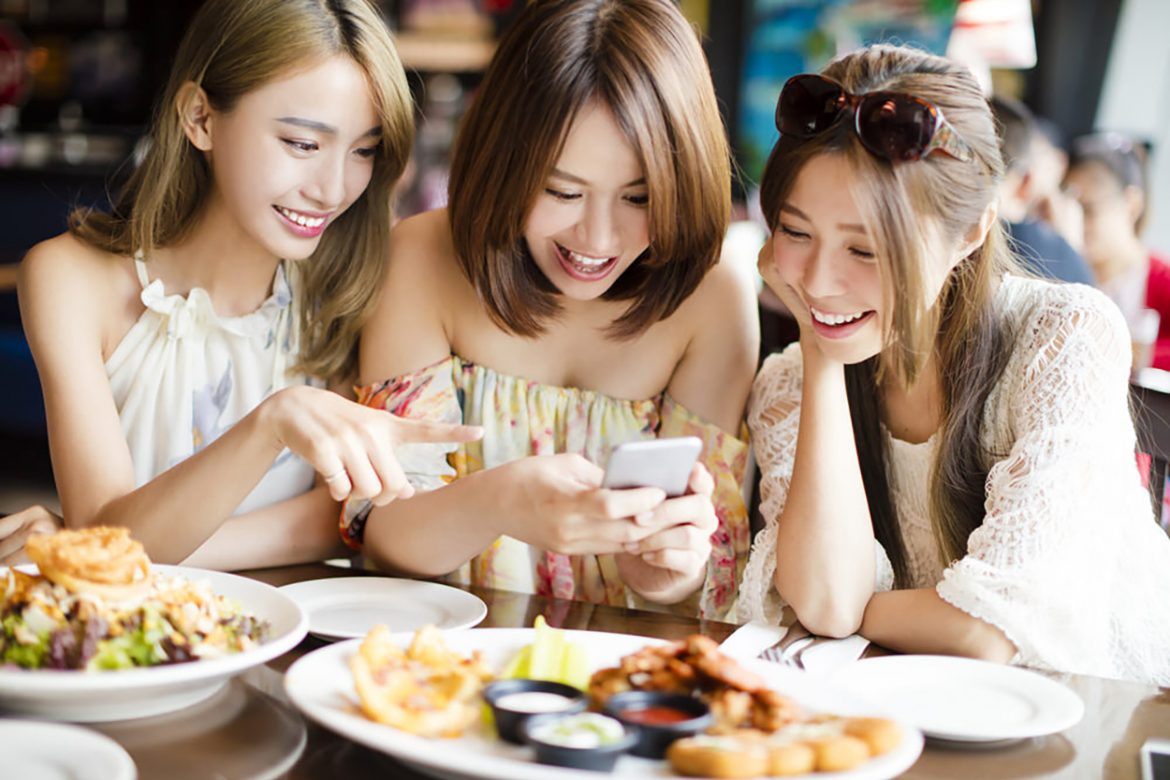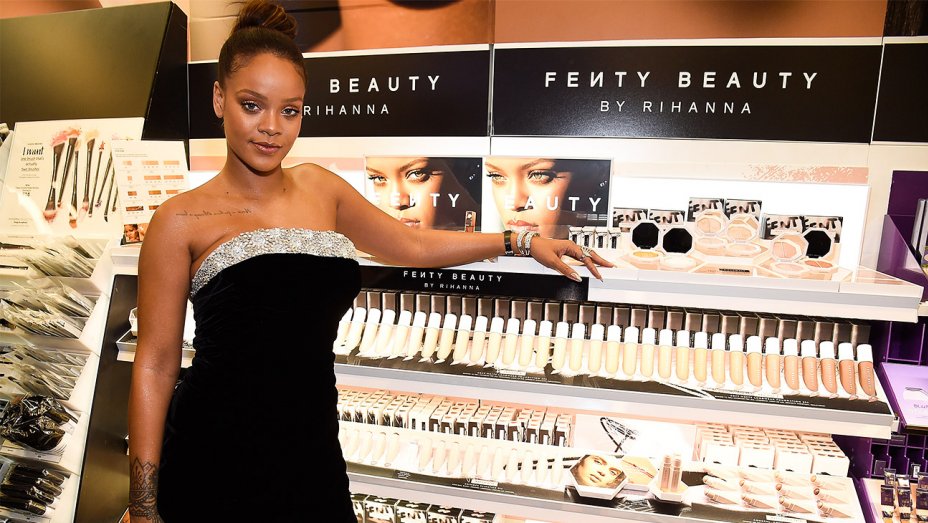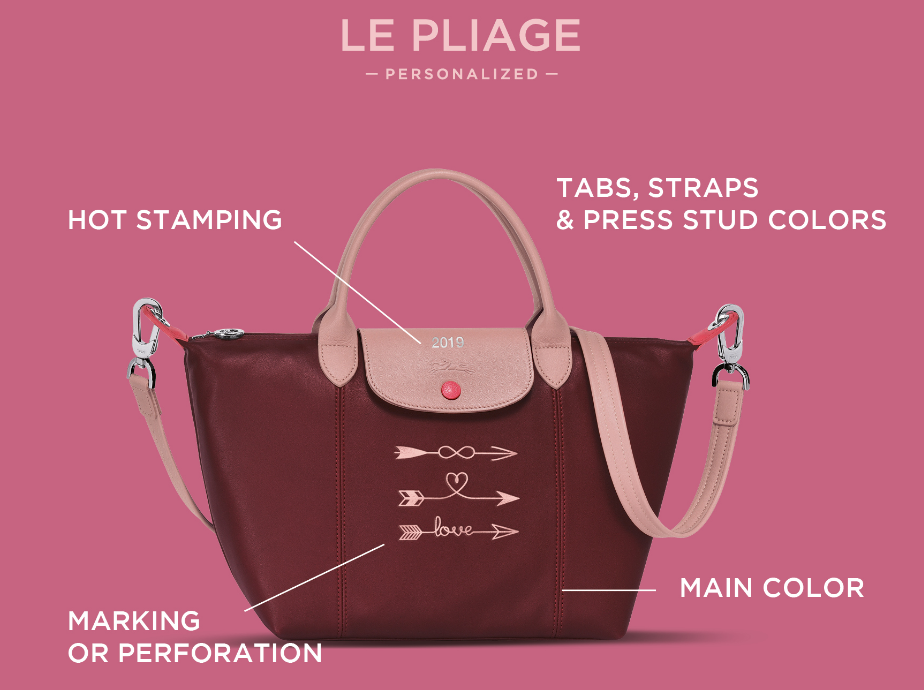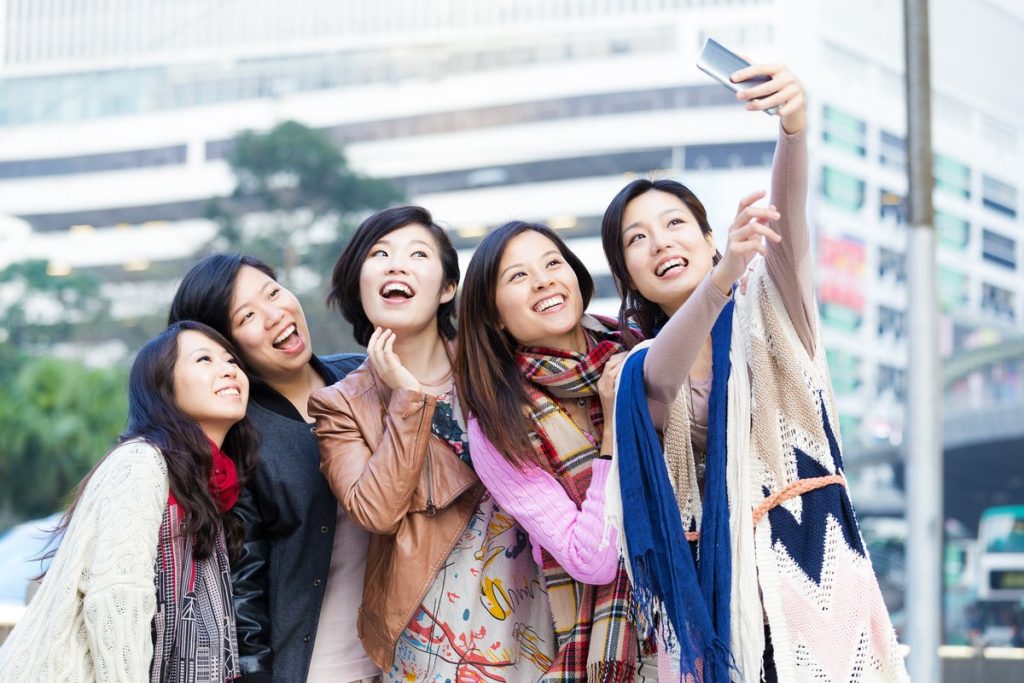
Generation Z and Millennials
Both Gen-Z and Millennials consist of young, digitally savvy individuals. They may all look young. Both groups have distinct routines, buying habits, characteristics, and priorities. It makes sense that a 20 year old would perceive luxury differently than someone in their thirties. Millennial shoppers encompasses the age group of mid-twenties to thirties, while Generation Z would be teenagers or college kids.
Join as as we dive into the differences between these two consumer types, and what they value.
Chinese Generation Z
Generation Z is the demographic segment born between the mid-1990s and the early 2000s. Chinese Gen-Z shoppers in their early 20s are emerging as an increasingly powerful force in the luxury industry as brands try and tap into buoyant demand for high-end goods in the world’s second-biggest economy. Their high-value spending stems from being born during a time of massive economic growth for China, entering maturity in an environment full of opportunity.

A more carefree lifestyle and upbringing gives them different values and beliefs from their predecessors, allowing them to grow up optimistic and self-confident. “This is a generation that has never known worry, so they spend more and save less,” says Adam Xu, a partner at OC&C Strategy Consultants.
- A study by OC&C Strategy Consultants shows that 41 percent of Chinese Gen-Z respondents are optimistic about the future versus only 26 percent globally. Moreover, these youngsters spend 15 percent of the household’s income.
- Over 50 percent of Chinese Gen-Z buyers spent over 50,000 yuan on luxury goods in 2018, compared to just 32 percent of Chinese millennials.
1. Influencer Marketing
Gen-Z consumers grew up in a heavily technology-oriented world. With internet, social media and apps accessible at such an early age, it has shaped these consumers to be more aware of the world than ever. From a young age, they have been interacting with peers and like-minded people on social media. This has given this generation of youngsters more exposure to the world than any generation before it, and as such, they are more focused on other peoples’ opinions on matters — and are also more susceptible to influencer marketing.
OC&C Strategy Consultants says that “this generation is also subject to higher levels of influence from celebrities.”
Successful influencer marketing campaigns: Louis Vuitton selecting Final Fantasy character Lightning as a brand ambassador and Chloé partnering with Mr. Bags.

2. Transparency
Thanks to their exposure to the world through the internet, Gen-Z consumers are also better at seeing through deceitful marketing practices. They won’t fall for photoshopped images of perfect-looking models, or exaggerated claims of benefits. Honesty and transparency are integral in reaching these consumers, and building trust will take time. The key is to practice integrity and dependability if you want to connect with the Gen-Z shopper.
Successful marketing campaign: When Rihanna launched Fenty in China, they placed emphasis on a review marketing strategy. With tens of thousands of peer-to-peer reviews of Fenty available, they were able to build trust with their Chinese fans.

3. Personalisation and customisation
A 2015 Deloitte consumer review paper, titled Made-to-order: The rise of mass personalisation, shows that 1 in 4 Gen Z’ers “is happy for businesses to use their personal information to offer them more personalized products or services.” Furthermore, OC&C Strategy Consultants mentions that 25 percent of Gen Z consumers say “it is important to have a unique view on style and creativity.”
This means that bespoke experiences, made-to-order designs, and limited-edition collections will help attract the Gen Z consumer.
Successful marketing campaign: Longchamp’s Le Pliage bag, which Chinese consumers could customise the stamping, straps, colour, markings and more.

4. Socially-conscious consumption
Gen-Z’ers celebrate individuality, diversity and making an impact. Thanks to their upbringing in an information-centric world, they are more informed about business practices than ever. “Gen Zers are willing to take extra steps to research brands’ supply chains and employment practices before making purchase decisions,” says OC&C Strategy Consultants. In China, this demographic segment is very focused on environmentally friendly consumption (25 percent versus 13 percent for Gen Z’ers across the globe).
Retailers need to learn to cope with a generation of well-informed and socially conscious consumers that demands radical transparency and sustainability.
Successful marketing campaign: JD.com collects old clothes from all over China to raise environmental awareness and promote sustainable consumption in the world’s most populous nation.

Chinese Millennials
Millennials is the demographic segment born between 1981 and 1996. Millennials are the primary driver of China’s surge in consumption, with spending accounting for 65% of consumption growth. According to estimations, the spending will grow by 11% annually until 2021. They account for more than half of the luxury purchases made by Chinese. Chinese Millennials are also highly educated, with 1 in 4 holding a bachelor’s degree or higher.

Chinese Millennials are more sophisticated than Gen-Z’ers, are well-travelled, and have spending power that far surpasses that of Gen Z’s younger shoppers.
- Millennials account for more than 400 million people (a figure which is more than the combined working population of the US and Western Europe)
- 75% of millennials will pay more for great customer experiences (vs. 69% of Gen Z).
- They account for over 50 percent of the luxury purchases made by Chinese
1. Demand for uniqueness
While Western millennials are famous for their deal-seeking behavior, Chinese millennials are pretentious consumers who love to splurge on luxury goods. Forbes mentions that “Chinese millennials grew up during China’s economic reforms… They have only experienced good times.” Consequently, while their counterparts in the West fought economic hardship (the European banking crisis, the Great Recession), Chinese millennials enjoyed a careless lifestyle mainly because of the country’s economic reforms.
Because of this, Chinese millennials demand premium services, and unique products. Original goods and services convey a sense of superiority and authenticity, which is why Chinese millennials enjoy niche brands and bespoke retail solutions.
Successful marketing campaign: NIKE iD — customised shoes where consumers can pick the style, color, fabrics and design details to be exactly how they want it.

2. Women’s empowerment
Similar to Gen Z’ers, Chinese millennials are also highly aware of social issues, particularly women’s empowerment. China has an outdated ‘sheng nu’ stigma. This is a derogatory term translated to ‘leftover woman’, referring to any woman over the age of 27 that is still single. This term applies to a growing body of women seeking education, economic freedom, and a more unconventional life path than their parents.
Brands who have their eye on this consumer base and understand their spending habits will generate higher sales and stay ahead of competitors.
Successful marketing campaign: SKII created a Marriage Market Takeover film which puts a spotlight on the real-life issue of Chinese women being pressured to get married.

3. Loyalty programs
Millennials enjoy being rewarded for their purchases and allegiances to brands. As such, brands who recompense returning consumers are winning the hearts of millennial buyers. However, a traditional rewards approach alone will not be enough. Millennials are drawn to originality, personalisation and creative customer loyalty programs. Gamification efforts amplify engagement while modern technologies such as AR alter the customer experience and boost loyalty.
Successful marketing campaign: MilesLife partners with Singaporean Airlines KrisFlyer to give Chinese consumers incentives for travel spending.

Five things to take away from ‘Gen Z vs Millennials: What are the Differences in 2019‘
- It makes sense that a 20 year old would perceive luxury differently than someone in their thirties. Millennial shoppers encompasses the age group of mid-twenties to thirties, while Generation Z would be teenagers or college kids.
- A more carefree lifestyle and upbringing gives them different values and beliefs from their predecessors, allowing them to grow up optimistic and self-confident. “This is a generation that has never known worry, so they spend more and save less,” says Adam Xu, a partner at OC&C Strategy Consultants.
- To better reach the young Chinese Gen Z shoppers, brands should integrate influencer marketing, transparency, personalisation and socially conscious consumption.
- Chinese Millennials are more sophisticated than Gen-Z’ers, are well-travelled, and have spending power that far surpasses that of Gen Z’s younger shoppers.
- To build rapport with the sophisticated Chinese millennials, brands should provide premium and unique products, awareness of social issues, and loyalty programs.
